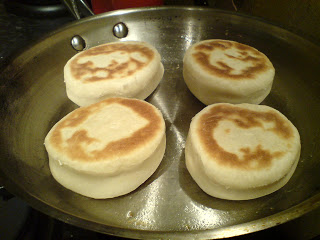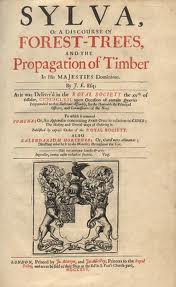Fool-proof? I’ll be the judge of that, Ms Grigson.
This is a recipe I have been putting off for ages; I have become pretty good at shortcrust pastries as well as hot-water pastry, but the rigmarole and potential disaster of a flaky pastry has always filled me with an inner dread. However, now that I am a half a fully-fledged patissier, and chock-full of confidence, I thought now is the time to give it a go.
I really should have looked at the recipe a little closer, because it is actually a rough-puff pastry as opposed to the true pâte feuilletée that can be made up of up to 1500 layers of pastry and fat. I was a little disappointed that it wasn’t the proper stuff, but then one shouldn’t run before one can walk, so perhaps a rough puff would be a happy stepping stone that will one day lead to the dizzying heights of the full puff.
This recipe was devised by, and then given to Jane Grigson, pastry chef Nicholas Malgieri who then worked ‘at Peter Frump’s famous New York cookery school’, and has now created an empire of his own. Like all rough puff pastes, it is best used for tarts, feuilletées or patisserie such as the good-old custard slice. To avoid bitter disappointment, don’t go trying to use them for something that requires a high rise, like a vol-au-vent (does anyone actually eat those anymore…?).
My good friend Charlotte came over to give me a hand, should I need it, though really I think she came to eat the dessert it would be used to make, which is fair enough. She did take some great photos for me though, so cheers Char.
It is important to buy good quality butter when making puff pastes, so don’t go using Tesco Value, instead go for a nice French or Danish one. Jane prefers French, I’d just say go for the best you can afford. This method satisfyingly uses a whole 250g block of butter, which is 8 ½ ounces in old money, which explains the seemingly strange weights used:
Start by cutting up 8 ½ ounces of unsalted butter into cubes, then sieve 8 ½ ounces of strong flour into a bowl. Rub in one ounce of the butter into flour. Tip in the rest of the butter and ‘work lightly’. I took this to mean to make sure each cube is separate and squashed flat, ready for easier rolling later.
In a measuring jug, dissolve half a teaspoon of salt in 2 teaspoons of lemon juice, then top up to 4 fluid ounces with ice-cold water. Tip it in and quickly bring it all together; ‘it will look appalling, a raggy mess’, says Jane, and so it did.
Flour your work surface and manhandle your pastry lump into an approximate 4-by-8 inch rectangle. Flour the top generously and roll out to a 9-by-18 inch rectangle, using more flour to prevent sticking. Now do the first folds: fold the short ends into the centre, then fold the whole thing in half so that it looks like a book. Turn the ‘spine’ one quarter turn to the left, roll out again, and make the very same folds. Turn, roll and fold one more time. If at any point the butter gets too warm and soft, pop it in the fridge to firm up.
Chill for an hour (or freeze it) and it is ready to use. I used mine to make a couple of things. First was a nice crisp apple tart, glazed with brown sugar and apricot jam, and second was a nice pile of Eccles cakes. Lovely.
#384 Quick, Foolproof Puff or Flaky Pastry. Well, I have to say it was quick, and it wasfool-proof. In fact, aside for the rolling out that required some degree of precision, I would say it is easier than a shortcrust for a beginner: rubbing in is minimal, it won’t be too dry and it won’t be over-worked. Why did I put this off for so long? It has already become part of my regular repertoire and I shall be using it in the amuse bouchefor my next pop up restaurant in November. Great stuff, delicious, crisp and rich 9.5/10.

















































